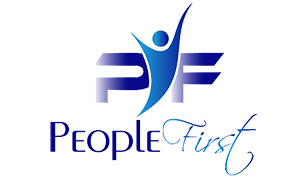
Coaching vs. Counseling
When you think about the word coach, many of us get the image of a sports coach leading a team to improve and win the game. This is not unlike how the term is used in the business world. A manager becomes a coach when they not only lead their team but provide an environment that supports constant learning, development, and performance improvement. A coach is interested in the performance of their business and understands that to continue to achieve great results, the development of his/her employees is key. While a coach is always striving to obtain consistent performance improvement from each employee on their team, there are situations where coaching the right behaviors is not the right approach. Not all employees are equally skilled or equally motivated. For those employees who choose not to perform a different approach is needed. The key word is choice, because these employees are making a choice not to perform within expectations, our approach also needs to be adjusted to target the behavior that is being seen. This situation is when a manager needs to change their approach from one of a coach to one of a counselor.
While a coach strives to provide tools and resources to help already motivated employees to improve upon their skills and achieve a performance improvement, when a manager must provide counseling there isn’t a skill issue but a will issue. Counseling an employee reflects that the employee is making a choice not to perform or to meet the set expectations and is a more directive conversation in regards to the immediate need for a course correction. In these performance Counseling discussions the manager doesn’t provide resources for the employee to focus on performance improvement, he/she outlines the issue and the expectation of immediate behavior change. For example:
The manager meets with a team member who just finished working on a presentation for a new customer. Having met with this employee several times the manager recognizes the improvements made with each new presentation. The manager acknowledges the hard work and improvements. The manager also asks questions and/or provides thought-provoking comments and suggestions to continue to improve upon a good quality presentation, but also to continue coaching this employee becoming better each time.
The manager meets with a team member who just finished working on a presentation for a new customer. Having met with this employee several times the manager recognizes this employee uses the same template each time and during several past meetings the manager has had to address spelling errors and obvious customer related information not changed from the last presentation. At this point it becomes a counseling session. The manager must clearly define the expectations related to presentations going forward. The manager must also detail what happens if the expectations are not met within a specific timeframe.
